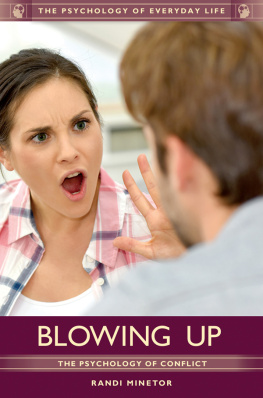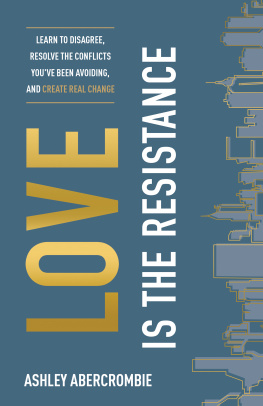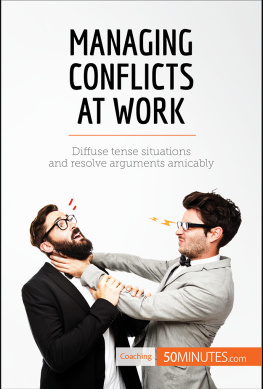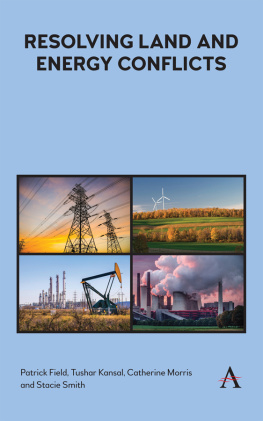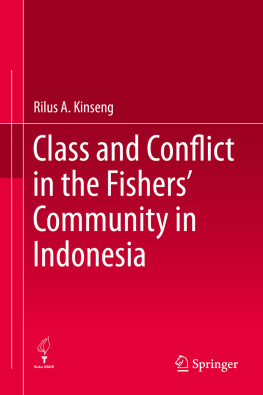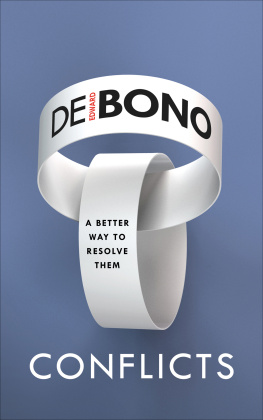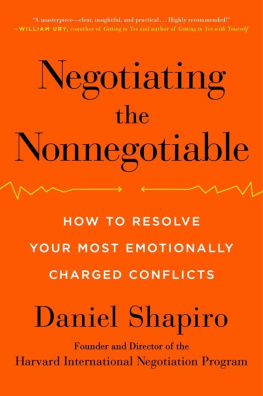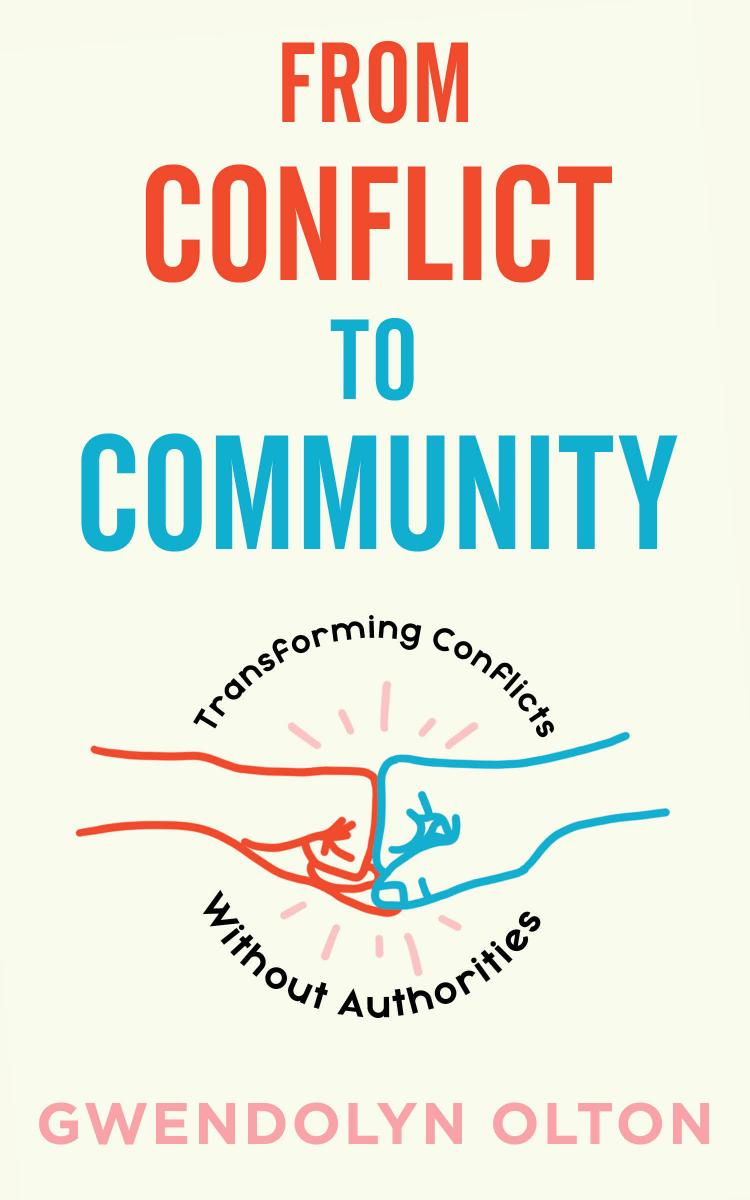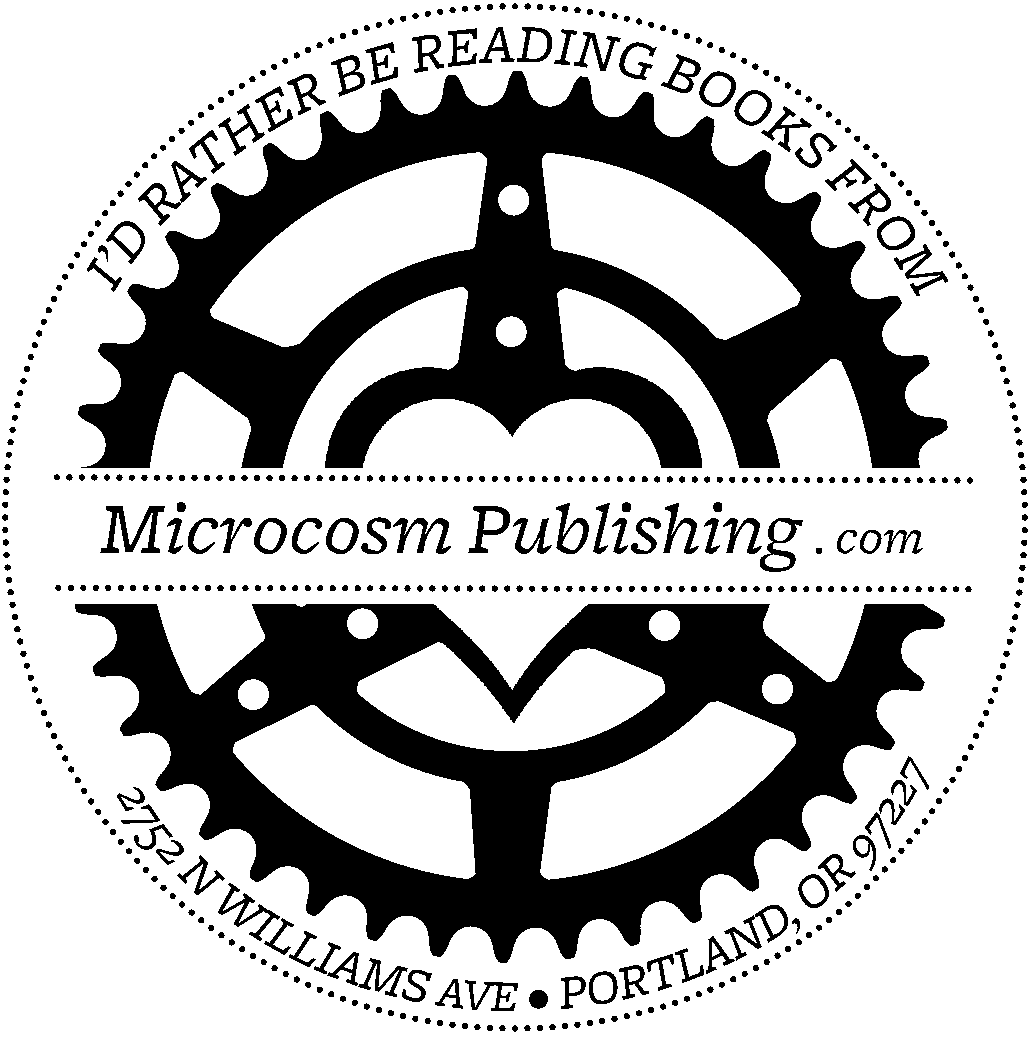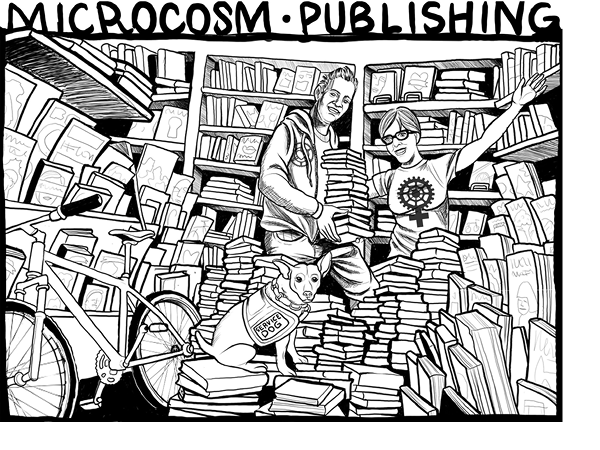From Conflict to Community: Transforming Conflicts without Authorities
Gwen Olton, 2022
This edition Microcosm Publishing, 2022
First Edition, 3,000 copies, First published November, 2022
Cover by Lindsey Cleworth
Book design by Joe Biel
eBook ISBN 9781648411113
This is Microcosm #607
For a catalog, write or visit:
Microcosm Publishing
2752 N Williams Ave.
Portland, OR 97227
(503)799-2698
www.Microcosm.Pub/Conflict
Did you know that you can buy our books directly from us at sliding scale rates? Support a small, independent publisher and pay less than Amazons price at www .Microcosm.Pub
A bo ut the Publisher
Microcosm Publishing is Portlands most diversified publishing house and distributor with a focus on the colorful, authentic, and empowering. Our books and zines have put your power in your hands since 1996, equipping readers to make positive changes in their lives and in the world around them. Microcosm emphasizes skill-building, showing hidden histories, and fostering creativity through challenging conventional publishing wisdom with books and bookettes about DIY skills, food, bicycling, gender, self-care, and social justice. What was once a distro and record label started by Joe Biel in a drafty bedroom was determined to be Publishers Weeklys fastest growing publisher of 2022 and has become among the oldest independent publishing houses in Portland, OR and Cleveland, OH. We are a politically moderate, centrist publisher in a world that has inched to the right for the past 80 years.
Global labor conditions are bad, and our roots in industrial Cleveland in the 70s and 80s made us appreciate the need to treat workers right. Therefore, our books are MADE IN THE USA
Contents
Introduction
Part One: Conflict Basics
Chapter One: Types of Conflict
Chapter Two: Conflict Styles
Chapter Three: Conflict in the United States
Chapter Four: Conflict and Justice
Part Two: Third-Party Conflict Transformation
Chapter Five: Helping Each Other in Conflict: How to Be a Good Third Party
Chapter Six: Listening and Understanding
Chapter Seven: Empathy
Chapter Eight: Caring for All: 3rd Party Intervention When You Disagree
Chapter Nine: More Strategies for Intervention
Part Three: Helping Ourselves in Conflict
Chapter Ten: Practices and Strategies for Managing Stress in Conflict
Chapter Eleven: Cognitive Practices: Mental Models and Perspective Shifts
Chapter Twelve: Talking with a Third Party About Your Conflict
Chapter Thirteen: Talking with the Person Youre in a Conflict With
Chapter Fourteen: Non-Mutual Conflict Conversations
Chapter Fifteen: Mutual Conflict Conversations
Chapter Sixteen: Trouble-Shooting
Conclusion
Resources
Bibliography
Introduction
Gratitude
I m writing this book on the land of the Haudenosaunee Confederacy. And it was created by a peacemaker. The Peacemaker, or the Great Peacemaker, gathered together nations that had been in conflict, introduced practices for nonviolent decision making, and brought forth the Great Law of Peace. It was no easy task, and the Peacemaker had help in peacefully building this coalition. The Great Law of Peace contained principles and guidance for the governance of the Confederacy and also for guiding the actions and decisions of the Haudenosaunee people. Some of the principles include acting with fairness and respect to people and life, being in good health and good mind, and the seventh generation principle, which states that decisions should be made while considering future generations. This consideration of future inhabitants of the Earth stretches beyond our children, grandchildren, and even great-grandchildren out to the seventh generation of people who will reside after us. Im grateful to the Haudenosaunee for sharing so many of their gifts across so many generations even when my ancestors, and the ancestors of others from Europe, have broken every treaty theyve ever entered into with them (over five hundred). Its probably impossible for me to know the extent to which this book is influenced by the Haudenosaunee since the formal and informal education of descendants of colonizers is apt to discount the history of those whose land and culture they targeted. For instance, much of the USAs constitution was based on the Great Law of Peace and few folks of European descent that I know of grew up learning this fact. Id like to thank those original to this land for sharing their peace, their deep understanding and teachings on peace and peacemaking, and the messages of the Peacemaker. Thank you for all that youve given that I dont even know of (yet) that continues to go unnamed. May this book honor the lessons Ive learned and serve to create more peace in the land I inhabit and in any lands it may reach.
Why This Book?
Ive been working, paid and unpaid (mostly unpaid) as a conflict transformer and mediator for most of my life. Conflict transformation is my lifes passion, and I genuinely love this work. At the same time, Im often deeply saddened and troubled at how few resources are out there for folks who are struggling with normal, day-to-day conflicts. Simply put, most of the folks I talk to in conflict work are lacking the following:
Training or education in conflict skills, including time and space to practice them.
Role models and examples for how to get through conflict peaceably, even artfully.
Community (including friends and family) support in dealing with conflict in a way that doesnt escalate things.
Given how few resources we are provided with to help with conflicts, I think its a beautiful testament to how naturally prosocial, peaceful, and collaborative humans are that we mostly live and get along together without the use of violence. On top of our lack of training, models, and community support, here in the United States most of us are deeply impacted by the dominant culture of patriarchy and white supremacy which operates through tools of shame, oppression, and hierarchy, all of which make working on conflicts even more challenging.
Despite these challenges, Im intensely hopeful about the possibilities for transforming conflict. And its a hope that, to me, seems really pragmatic because, even though we arent taught or given many of them, there are a lot of tools out there. There is so much that we all individually and collectively can do to work on our conflicts and differences. The discovery of all these tools is a bit like growing up with three channels on a tv and then one day getting basic cable; suddenly, there are way more options.
I wanted to write this book to help synthesize some of what I have found to be really useful in everyday sorts of conflicts because I want to contribute to creating a more nonviolent world where fewer conflicts end in calling the cops, or going to Human Resources, or campaigning to shun someone. I want folks to feel more ready, willing, and able to work on conflicts in their communities, families, friend groups, work-places, and all other spaces, so punishment is finally seen for what it isthe most ineffective and least creative tool at our disposal. Put more simply, the purpose of this book is three-fold in terms of resolving and transforming conflicts:


